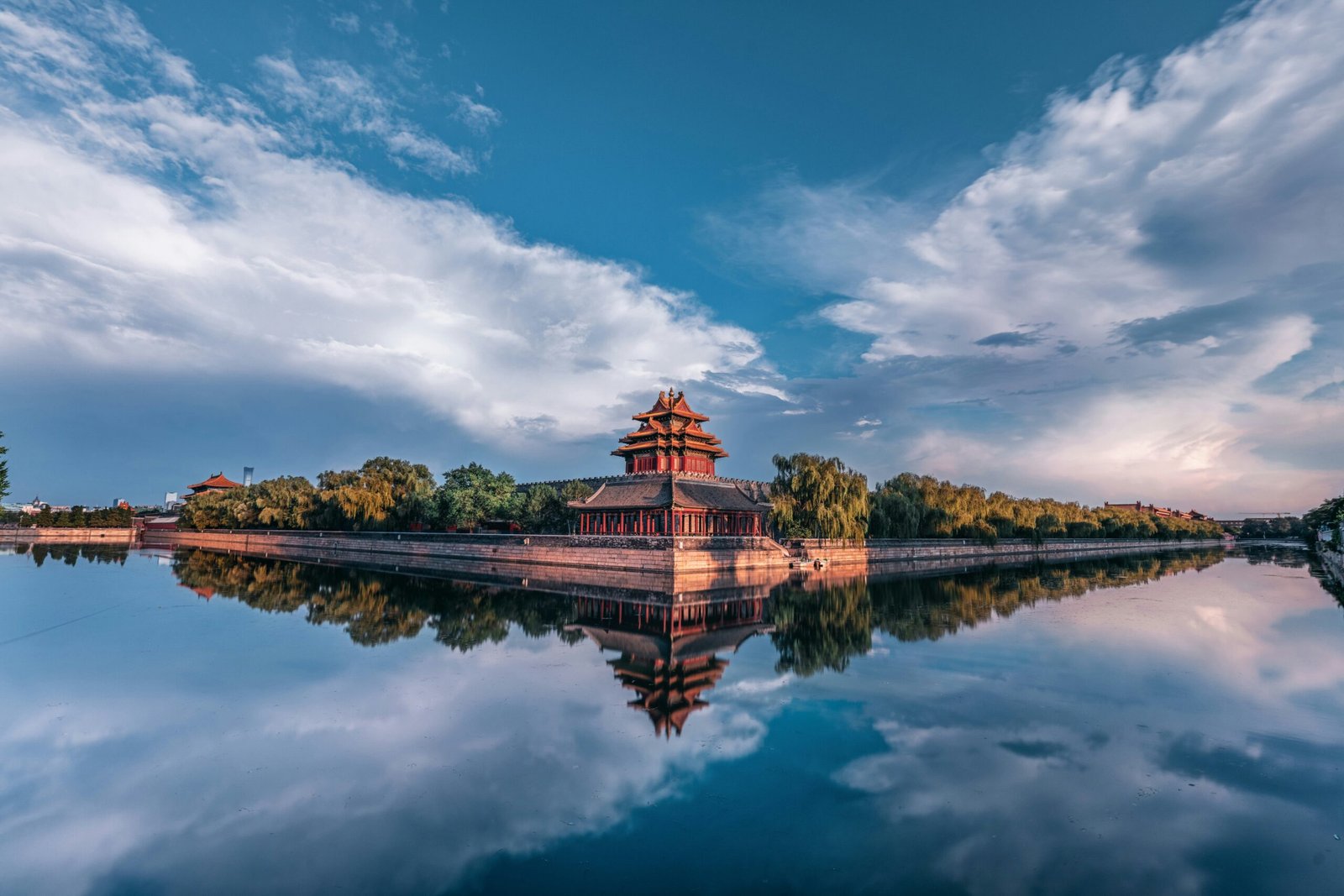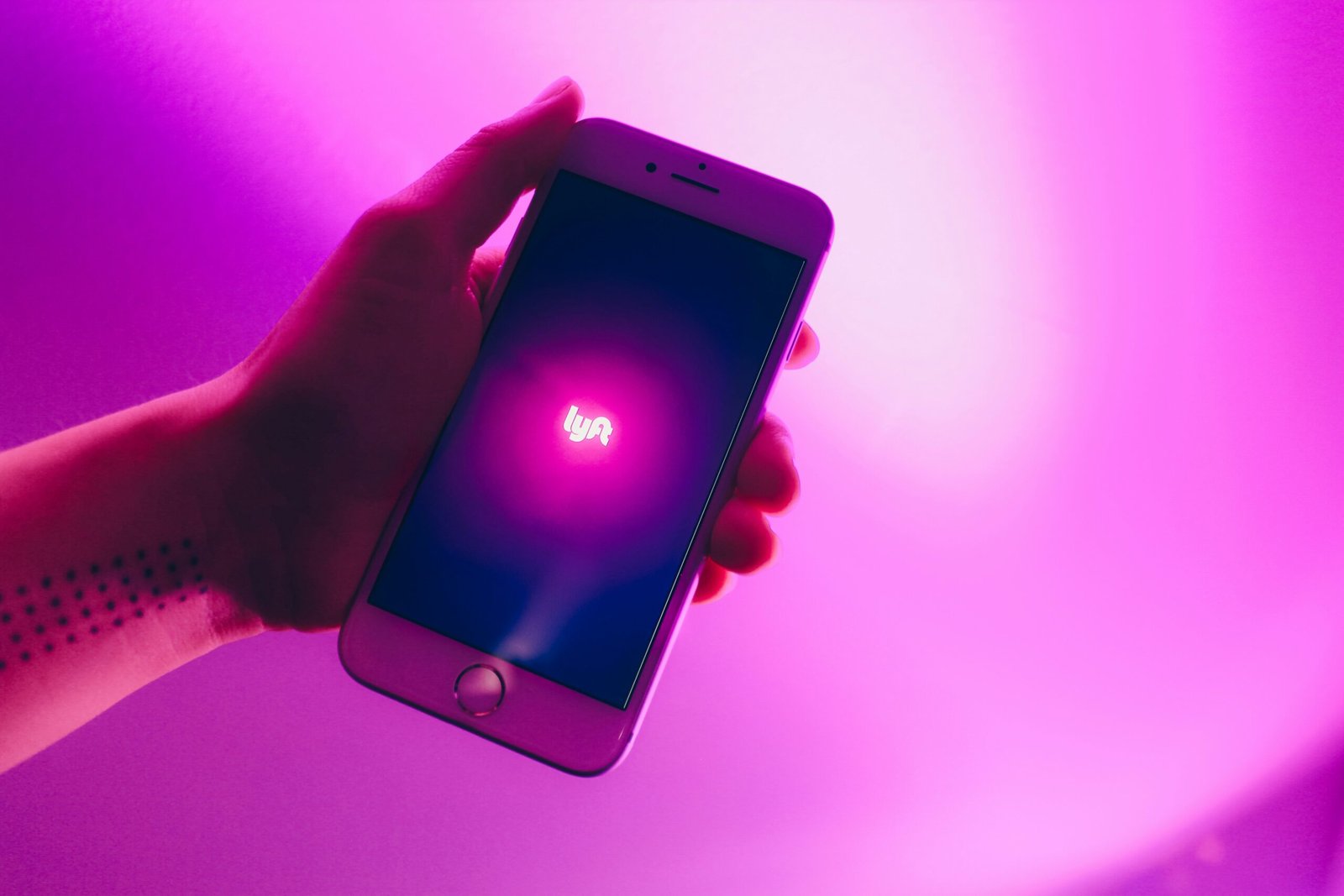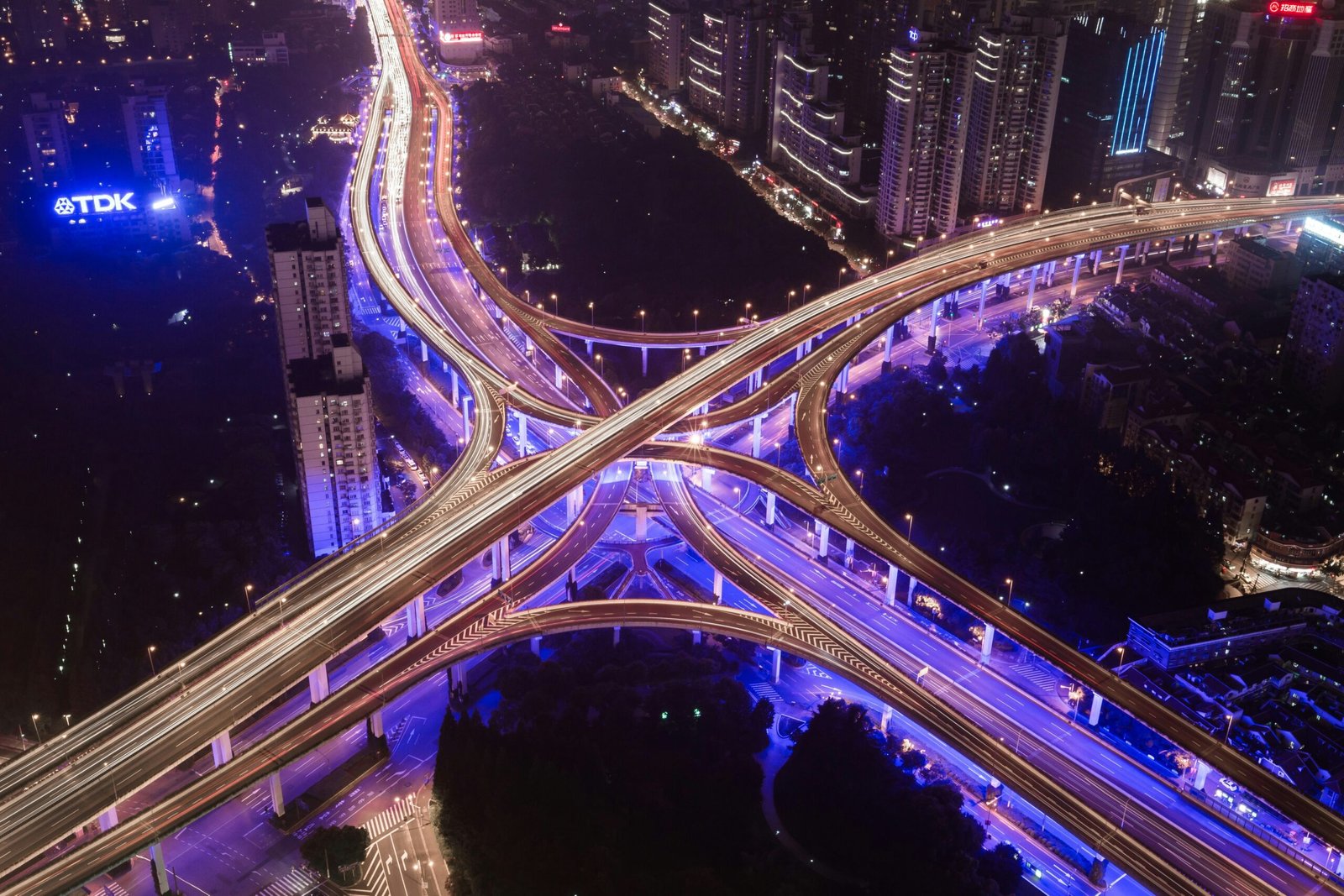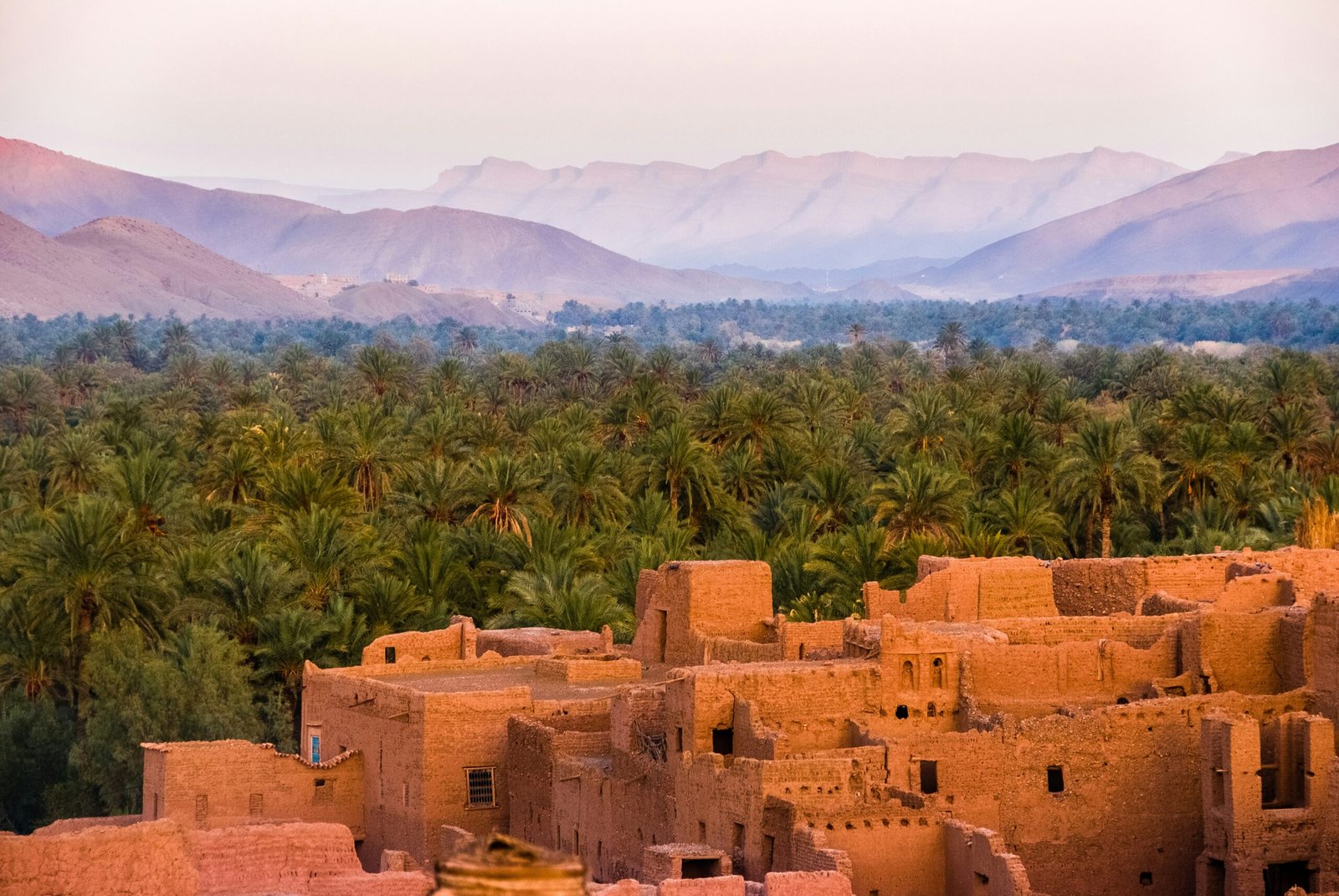Beijing, the bustling capital city of China, is not only known for its rich history and cultural landmarks but also for its thriving digital landscape. With a population of over 21 million people and a rapidly growing tech industry, Beijing has become a hub for innovation and user experience design. In this blog post, we will explore how designers in Beijing are crafting engaging experiences that go beyond the Great UI Wall.
The Great UI Wall: Breaking Barriers
Just as the Great Wall of China symbolizes strength and unity, the Great UI Wall represents the challenges faced by designers in Beijing. The Chinese digital landscape is unique, with its own set of rules and regulations. From language barriers to cultural nuances, designers must navigate through these obstacles to create experiences that resonate with the local audience.
One of the key challenges is the language barrier. While English is widely spoken in the tech industry, the majority of the population in Beijing primarily speaks Mandarin. Designers must ensure that their interfaces are not only visually appealing but also easily understandable to the local users. This requires careful consideration of typography, iconography, and localization.
Cultural nuances also play a significant role in shaping the digital landscape in Beijing. Chinese users have different expectations and preferences when it comes to user experience. For example, the concept of “face” is crucial in Chinese culture, which means that designers need to create experiences that allow users to save face and maintain their social status. This could involve incorporating features that promote social sharing and recognition.
Innovation in Beijing: Where Tradition Meets Technology
Despite the challenges, designers in Beijing have embraced the opportunity to blend tradition with technology, resulting in unique and engaging experiences. One example of this is the integration of traditional Chinese art and design elements into digital interfaces. By incorporating elements such as calligraphy, paper-cutting, and traditional patterns, designers are able to create visually stunning experiences that reflect the rich cultural heritage of Beijing.
Another area of innovation is in the realm of mobile technology. With over 1 billion smartphone users in China, mobile apps have become an integral part of daily life. Beijing-based designers are at the forefront of creating intuitive and user-friendly mobile experiences that cater to the needs of the local population. From e-commerce platforms to transportation apps, these designers are revolutionizing the way people interact with technology.
Designing for the Future: Embracing Emerging Technologies
As Beijing continues to evolve as a tech hub, designers are constantly exploring new ways to leverage emerging technologies. Virtual reality (VR) and augmented reality (AR) are two areas that hold immense potential for creating immersive and engaging experiences. From virtual tours of historical sites to interactive AR games, designers in Beijing are pushing the boundaries of what is possible.
Artificial intelligence (AI) is another area that is shaping the future of user experience design in Beijing. From chatbots to personalized recommendations, AI-powered interfaces are becoming more prevalent in the digital landscape. Designers are working on creating AI-driven experiences that not only anticipate user needs but also provide personalized and contextually relevant content.
Conclusion
Beijing’s digital landscape is a vibrant and ever-evolving ecosystem that presents both challenges and opportunities for designers. By breaking through the barriers of language and culture, designers in Beijing are crafting engaging experiences that resonate with the local audience. Through a blend of tradition and technology, innovation is thriving, and the future of user experience design in Beijing looks promising.












Leave a Reply